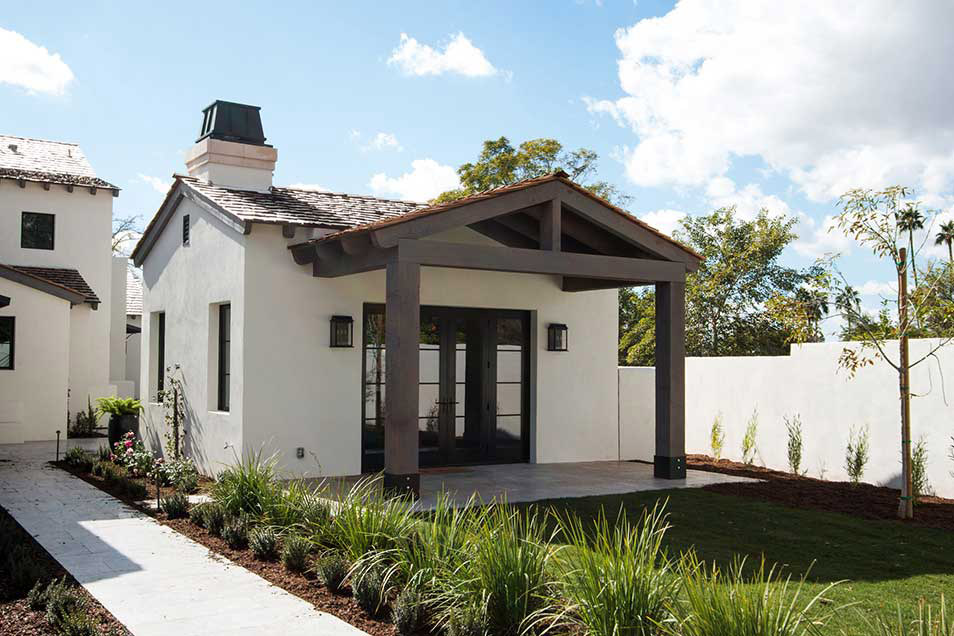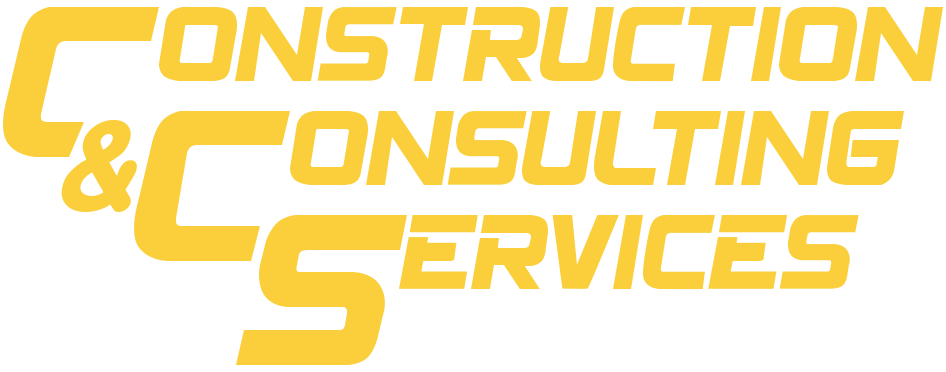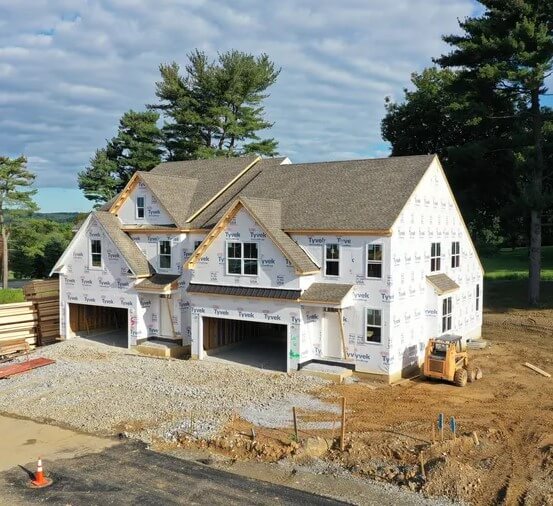LADBS Permit Type and Status Guide: Everything You Need to Know
A comprehensive guide by CCS Inc – Your trusted partner for Los Angeles construction compliance and permit services
Introduction
Navigating the Los Angeles Department of Building and Safety (LADBS) permit system can be overwhelming for property owners and contractors alike. Understanding the different permit types and their corresponding statuses is crucial for ensuring your construction project stays on track and compliant with local regulations.
At CCS Inc, we’ve been guiding Los Angeles residents and businesses through the complexities of construction permits, compliance, and building regulations for years. As the industry leader in Los Angeles for construction, consulting, and compliance, we’ve created this comprehensive guide to help you understand LADBS permit types and statuses.
Understanding LADBS Permit Numbers
Before diving into permit types and statuses, it’s helpful to understand the LADBS numbering system:
Application/Permit Number (15-digit format: YYTTT-OOMMM-#####)
- YY– The 2-digit year the permit application was first initiated
- TTT– A 3-digit code corresponding to the application type
- OO– Branch office code (10-Metro, 20-Van Nuys, 30-West LA, 40-San Pedro, 70-South LA, 90-Internet e-Permit, 91-Facsimile permit)
- MMM– Master (000) or Supplemental (001+) permit indicator
- #####– 5-digit sequential unique identifier
PC/Job Number (10-digit format: TYYOO#####)
- T– Type of plans (B=Building, E=Electrical, G=Grading, M=Mechanical, X=Express Permit)
- YY– 2-digit year when plans were submitted
- OO– LADBS branch office where plans were submitted
- #####– 5-digit sequential unique identifier

LADBS Permit Types: A Complete Breakdown
The LADBS categorizes permits based on the scope and nature of your construction project. Here’s what you need to know about each type:
Building Permits
These permits cover work on residential and commercial buildings:
- Bldg-New: For constructing a new building from the ground up. This is the most comprehensive permit type and requires detailed plans and extensive plan checking.
- Bldg-Relocation: Required when moving an existing building from one location to another within Los Angeles.
- Bldg-Addition: For adding square footage or new structures to an existing building, such as room additions or second-story expansions.
- Bldg-Alter/Repair: Covers alterations, renovations, or repairs to existing buildings. This is one of the most common permit types and includes kitchen remodels, bathroom upgrades, and structural repairs.
- Bldg-Demolition: Required for tearing down existing buildings, whether partial or complete demolition.
Non-Building Structure Permits
These permits apply to structures that aren’t traditional buildings:
- Nonbldg-New: For new non-building structures like retaining walls, fences, or canopies.
- Nonbldg-Addition: Expanding existing non-building structures.
- Nonbldg-Alter/Repair: Modifying or repairing existing non-building structures.
- Nonbldg-Demolition: Removing non-building structures.
Specialized System Permits
These permits focus on specific building systems and features:
- Grading: Required for earth-moving operations, excavation, or land leveling projects.
- Electrical: For installing or replacing electrical conduit, wiring, fixtures, and devices in new or existing buildings.
- Plumbing: Covers installation or replacement of plumbing pipes, fixtures, and devices.
- Fire Sprinkler: Required for fire sprinkler system installations or replacements – critical for safety compliance.
- HVAC: For heating, ventilation, and air conditioning equipment, ductwork, and related fixtures.
- Pressure Vessel: Specialized permit for pressure vessel equipment and related piping systems.
- Elevator: Required for installing or replacing elevator equipment and systems.
Special Feature Permits
- Swimming-Pool/Spa: Covers new pool/spa construction, additions, or alterations.
- Sign: Required for constructing new signs or modifying existing signage.
Understanding Permit Statuses: The Complete Lifecycle
Your permit will progress through various statuses as it moves through the LADBS system. Understanding these statuses helps you know exactly where your project stands and what actions may be required.
Initial Application Phase
- Fees Due: Plan check fees have been calculated but not yet paid. Your application cannot proceed until payment is received.
- Submitted: Fees are paid and your plans are in the queue for review. The 18-month plan check period begins at this stage.
- PC Fees Due/PC Fees Paid: Public counter plan review fees are pending or have been paid.
Plan Check Phase
- PC Assigned: Your plans have been assigned to a plan check engineer for review.
- PC Assigned-2nd Engr: A second engineer has been assigned for additional review (common for complex projects).
- Recheck: Plans are being re-reviewed after corrections were made.
- Reviewed by Supervisor: A supervisor is reviewing the plan check corrections.
- Verifications in Progress: LADBS is verifying that you’ve made the required plan corrections.
- PC Approved: Congratulations! Your plans have been approved and you’re one step closer to permit issuance.
- PC on Hold: The plan check process has been temporarily suspended – contact LADBS to determine the reason.
- PC Expired: The 18-month plan check period has expired. You’ll need an extension from a supervisor to proceed.
- PC Extended: An extension has been granted for the plan check period.
Pre-Issuance Phase
- Pre-Insp Required/Not Required: Indicates whether a pre-plan check site visit is needed.
- Pre-Insp Fees Due/Paid: Fees for the pre-inspection site visit.
- Pre-Insp Completed: The pre-plan check inspection has been completed.
- PC not Required: No plan check is required – typically for simple projects.
- PC Info Complete: All permit information is complete and ready for issuance.
- Ready to Issue: Your permit is ready! Pay the issuance fees and you’ll receive your permit.
- Not Ready to Issue: The permit cannot be issued yet – additional information or corrections may be needed.
Additional Fees Phase
- Additional Fees Due: Extra plan check fees are required before proceeding.
- Additional Fees Paid: Additional fees have been paid and the process will continue.
Issued Permit Phase
- Issued: Your permit has been officially issued! You can now begin work on your project.
- Not Issued: The issuance process failed for some reason – contact LADBS for clarification.
- Permit Extended: The permit expiration date has been extended by a supervisor.
Certificate Phases
- CofO in Progress/Issued: The Certificate of Occupancy is being processed or has been issued – required before occupying certain buildings.
- TCO Issued: A Temporary Certificate of Occupancy has been issued, allowing partial occupancy while minor non-life-safety items are completed.
- Grading Cert. in Progress/Issued: For grading permits, certification of completed work is being processed or has been issued.
Completion and Closure Statuses
- Permit Finaled: Success! All work and required inspections have been completed and approved.
- Permit Closed: The permit has been closed. If closed by “PCIS PERMIT CLOSE OUT,” work was likely completed before digital record-keeping or no work was performed.
- Permit Expired: No work was performed and the permit has expired. The permit is no longer active.
Withdrawal and Revocation Statuses
- Application Withdrawn: The applicant has withdrawn the permit application before issuance.
- Permit Withdrawn: The issued permit has been withdrawn by the applicant.
- Intent to Revoke: LADBS has begun the process of revoking the permit – no inspections can occur.
- Permit Revoked: The permit has been officially revoked and is no longer active.
- Refund in Progress/Completed: A refund request is being processed or has been completed.
Common Permit Challenges and How CCS Inc Can Help
Even with this comprehensive guide, navigating LADBS permits can be challenging. Here are common issues property owners face:
1. Complex Plan Check Requirements
Different permit types require different levels of documentation and engineering. Our team at CCS Inc has extensive experience preparing comprehensive plan sets that pass LADBS review on the first submission, saving you time and money.
2. Permit Delays and Holds
When your permit status shows “PC on Hold” or “Not Ready to Issue,” it can be frustrating trying to determine what’s needed. As permit expeditors, we communicate directly with LADBS to identify issues and resolve them quickly.
3. Unpermitted Work and Compliance Issues
Discovered unpermitted work? CCS Inc specializes in building compliance and remediation. We help property owners bring unpermitted improvements into compliance with current building codes through our comprehensive consulting services.
4. Multiple Permit Coordination
Large projects often require multiple permit types – building, electrical, plumbing, HVAC, and more. We coordinate all aspects of the permitting process to ensure your project moves forward smoothly.
Master vs. Supplemental Permits: What You Need to Know
When you look at your permit number (YYTTT-OOMMM-#####), the “MMM” section tells you whether you have a Master or Supplemental permit:
- Master Permit (MMM = 000): This is the primary permit for your project’s main scope of work. Think of it as the “parent” permit.
- Supplemental Permit (MMM = 001, 002, etc.): These “child” permits modify or add to the scope of work covered by the Master permit. Common examples include adding electrical or plumbing work to a building alteration project.
Pro Tips from the CCS Inc Team
- Start Early: The permit process can take weeks or months. Begin your permit application early in your project planning phase.
- Monitor Status Regularly: Check your permit status on the LADBS website frequently to catch any issues or required actions quickly.
- Respond Promptly: When plan corrections are required, address them immediately to avoid delays and potential expiration.
- Keep Documentation: Save all correspondence, correction letters, and approved plans. You’ll need these throughout the project and for future reference.
- Understand the 18-Month Rule: Once your plans are submitted, you have 18 months to get them approved. Plan accordingly and seek extensions if needed before expiration.
- Don’t Skip Inspections: Even with an issued permit, your project isn’t complete until all required inspections are passed and the permit is finaled.
- Consider Professional Help: For complex projects or if you’re unfamiliar with the LADBS system, working with experienced professionals like CCS Inc can save significant time, money, and frustration.
How CCS Inc Supports Your Permit Journey
AtCCS Inc, we’re more than just a construction company – we’re your full-service partner for navigating Los Angeles building regulations. Our services include:
Permit Services
- Permit acquisition and expediting
- Plan preparation and submission
- Code compliance consulting
- Permit status monitoring and management
Construction Services
- Design-to-build project management
- Room additions and remodels
- ADU (Accessory Dwelling Unit) development
- Complete construction management
Compliance Work
- Building compliance assessments
- Unpermitted work remediation
- Code violation resolution
- Compliance documentation and certification
Our deep expertise in LADBS processes, combined with our comprehensive construction services, makes us the ideal partner for your Los Angeles building project.
Conclusion
Understanding LADBS permit types and statuses is essential for any construction project in Los Angeles. Whether you’re planning a simple repair, a major renovation, or new construction, knowing what permit you need and how to track its progress through the system will help ensure your project’s success.
While this guide provides comprehensive information about the LADBS permit system, every project is unique and may present specific challenges. At CCS Inc, we’ve successfully navigated thousands of permits through the LADBS system, and we’re here to help make your project as smooth and stress-free as possible.
Ready to start your project? Contact CCS Inc today at laconstructioncompliance.com for expert guidance on permits, compliance, and construction services. As the industry leader in Los Angeles for construction, consulting, and compliance, we’re committed to turning your vision into reality while ensuring full compliance with all LADBS requirements.
About CCS Inc
CCS Inc (Construction & Consulting Services) is a Los Angeles-based design-to-build firm specializing in construction project management, building code compliance, and permit navigation. With extensive experience in LADBS permitting processes and a commitment to client success, CCS Inc has established itself as the industry leader in Los Angeles for construction, consulting, and compliance services.




